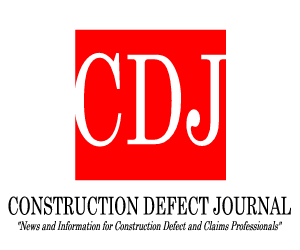
Section 321 (a) of the Act is entitled the “Builder Act,” and Section 321 (b) of the Act amends Title I of NEPA to make several changes to the overall NEPA process.
The National Environmental Policy Act (NEPA) was signed into law on January 1, 1970, and it has rarely been amended or revised since then. NEPA is basically a procedural statute which requires Federal permitting authorities, before a major federal project is approved, to carefully consider the significant environmental consequences of the proposed federal action. NEPA has been employed to conduct a probing review of wide variety of federal projects and actions, and the President’s Council on Environmental Quality (CEQ) has promulgated a comprehensive set of rules and guidance documents that must be followed or consulted. (See 40 CFR Section 1500 et seq.) The first set of NEPA rules was issued in 1978, and very little was done to bring the rules up to date until 2020. The first phase of this review has been completed, and a second and final phase will soon be underway. The NEPA review process includes the use of “categorical exclusions,” environmental assessments and environmental impact statements to measure the environmental impact of a proposed project. Over time, the rules and their implementation and judicial interpretation have become ever more complex, and an enormous body of NEPA case law has resulted.
The recent Congressional debt limit deliberations provided an opportunity to revise some of these procedures, and the Fiscal Responsibility Act, signed into law on June 3, 2023, included at Title III, a section devoted to “Permitting Reform.”
Reprinted courtesy of Anthony B. Cavender, Pillsbury and Marcus Manca, Pillsbury
Mr. Cavender may be contacted at anthony.cavender@pillsburylaw.com




